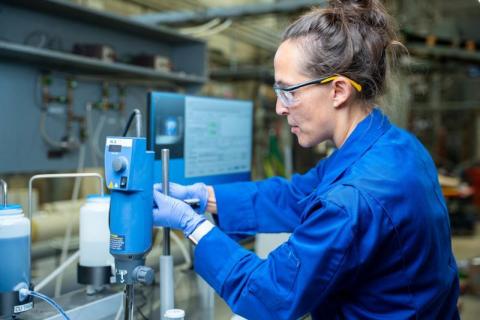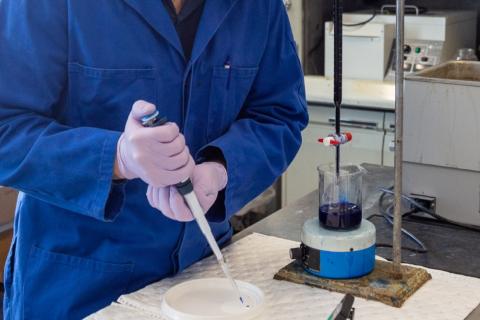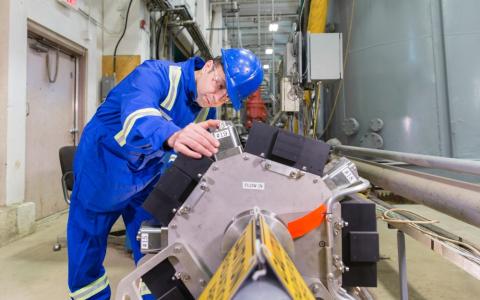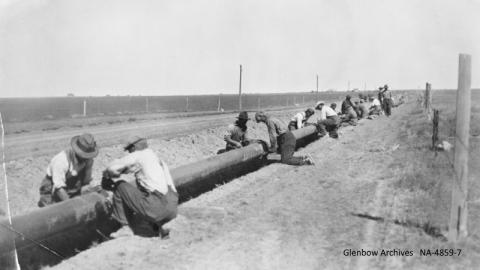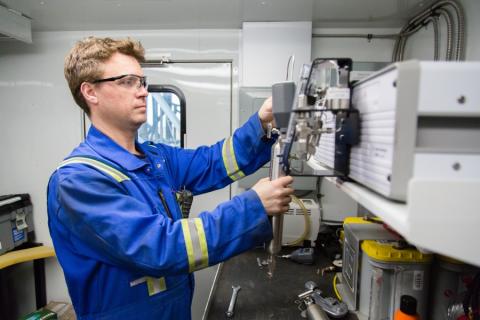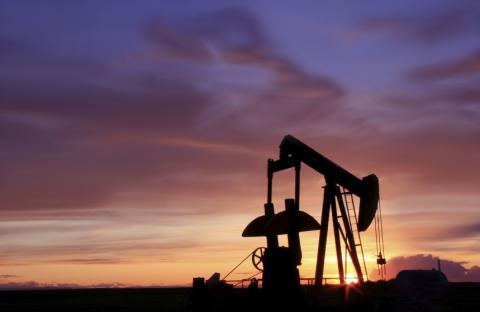Whether in potash slimes, oil sands or in kimberlite slurries, active clay minerals can cause serious issues in many plant operations. For industries where clay minerals are present, a better analytical approach is needed to more quickly and accurately measure these minerals.
Clays and active clays are found naturally in mineral deposits and present challenges for mining and oil sands industry processes and tailings management. Learn more about the work being done by SRC and its research partners to further the development of two active clay analyzers to address the issues that active clays present.
SRC's Enhanced Oil Recovery team uses a stage-gated approach to help small-to-medium enterprises develop their technologies and evaluate technical, market and commercial factors. This helps our clients save time and accelerate adoption. Learn about what's involved.
Given both global and national pressure to decarbonize operations, Canadian industries are looking for new technologies and implementing more energy-efficient processes from proven, applicable mitigation options. Learn how SRC's CeDER platform helps companies sift through the available technologies.
Read about the projects and people that made our top five most-read stories published on our site in 2019.
Understanding what goes on inside a slurry pipeline is a complex matter. SRC's Gamma Ray Tomography unit uses multiple gamma-ray sources and sensors to produce real-time images of the density of the pipeline contents at top-notch speeds.
Oil pipelines are a transport mechanism to get a vital resource from its origin to its users. In the case of oil, it is helpful to know a bit about its origins too, in Canada and more broadly. Take a trip back in time.
This blog post is the second installment in a two-part series about methane emissions. In the first post, we looked at how methane emissions are created and why there’s a push to reduce them. In this...
Government energy regulators are demanding substantial greenhouse gas (GHG) reductions from industry. While carbon dioxide is a concern, methane poses a bigger problem because it absorbs significantly more energy and has a great impact on global warming.
Evolving technologies and processes have significantly altered how companies drill for oil. Take a look at some game-changing drilling advancements, starting with horizontal wells, that occurred over the past few decades.
